The Beirut Blast: A Week On
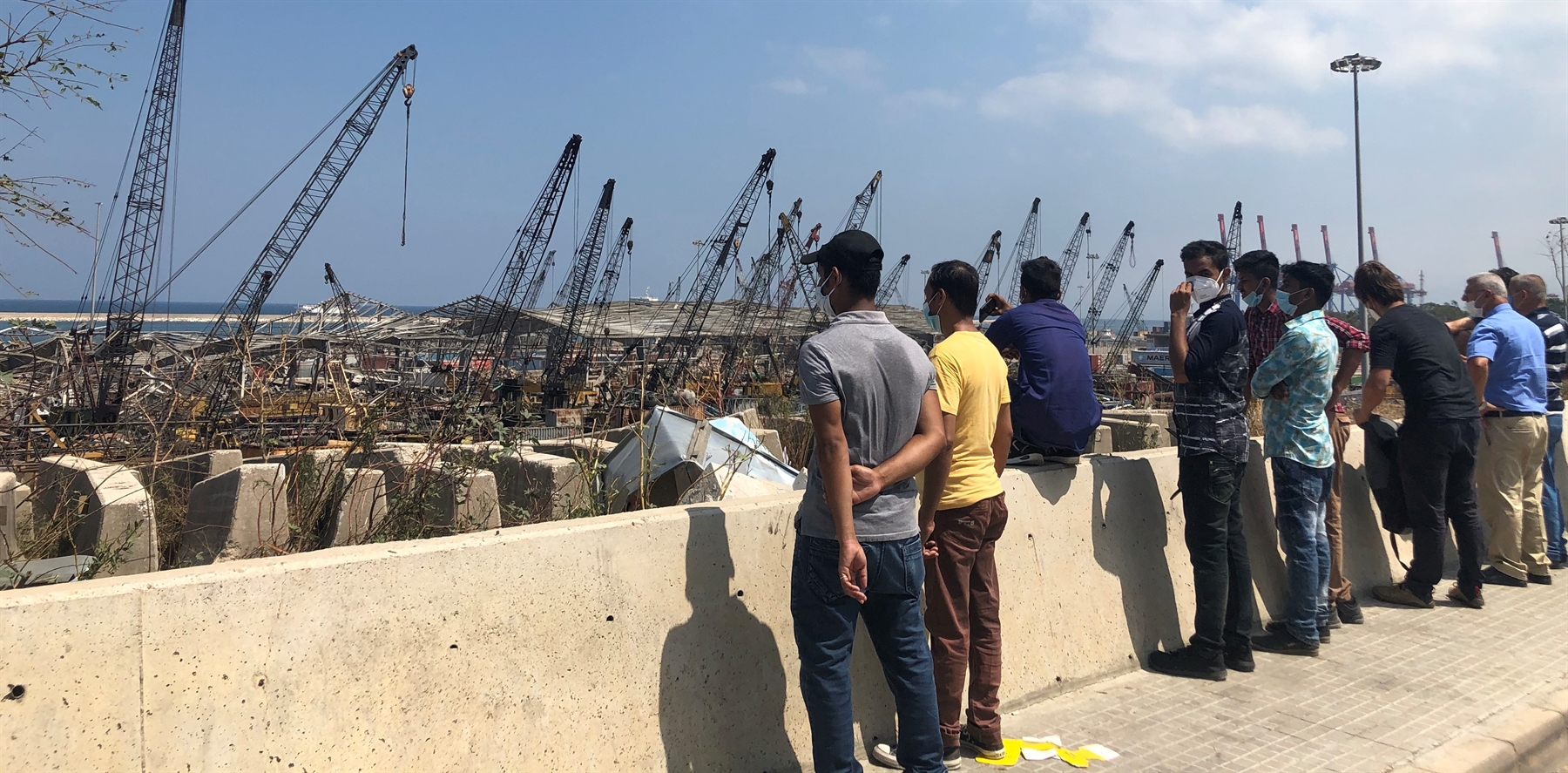
As we write this short reflection, the Beirut Port’s August 4, 2020 explosion still runs deep shockwaves through every one of us. We are just beginning to absorb the unmeasurable losses that have fallen on our city and its people. Some 2,700 tons of Ammonium Nitrate were callously stored in a port hangar, in close vicinities of residential neighborhoods, for six years. It happened with the full knowledge of successive port authorities, customs’ officials, and many other public officials (and unofficials). They detonated as if to announce the resounding end of an era: Lebanon’s post-civil war corrupt order could not have gone down peacefully. Almost a week later, the city is mourning its dead, young and old, while most rescue teams are discontinuing their efforts to locate the remaining missing people. Bodies pile up in morgues awaiting to be identified by loved ones. Eager phones still ring to assuage the fears of friends and families, while confirming sadly the pain and losses of others. The city’s soundscapes are occupied by the screeching sounds of broken glass while trash piles up alongside debris and personal belongings. Generations of Beirutis who have gone through accumulated experiences of senseless wars desperately attempt to repress memories of earlier traumas and to convince themselves and younger ones that they are not condemned to reproduce earlier cycles of violence. The loss of life is substantial and cuts across layers of society. They include workers such as the Lebanese and migrant men who manned the city’s port at the time of the explosion and the guards who protected businesses in the vicinities. They also include wives and husbands, moms and dads, daughters and sons who were working nearby, passing by, or just sitting at home, conducting their normal lives. At least seven thousand individuals were wounded, 220 counted dead so far, 110 others still missing (Beirut City governor, Sunday, August 9, 2020). These numbers are expected to rise.

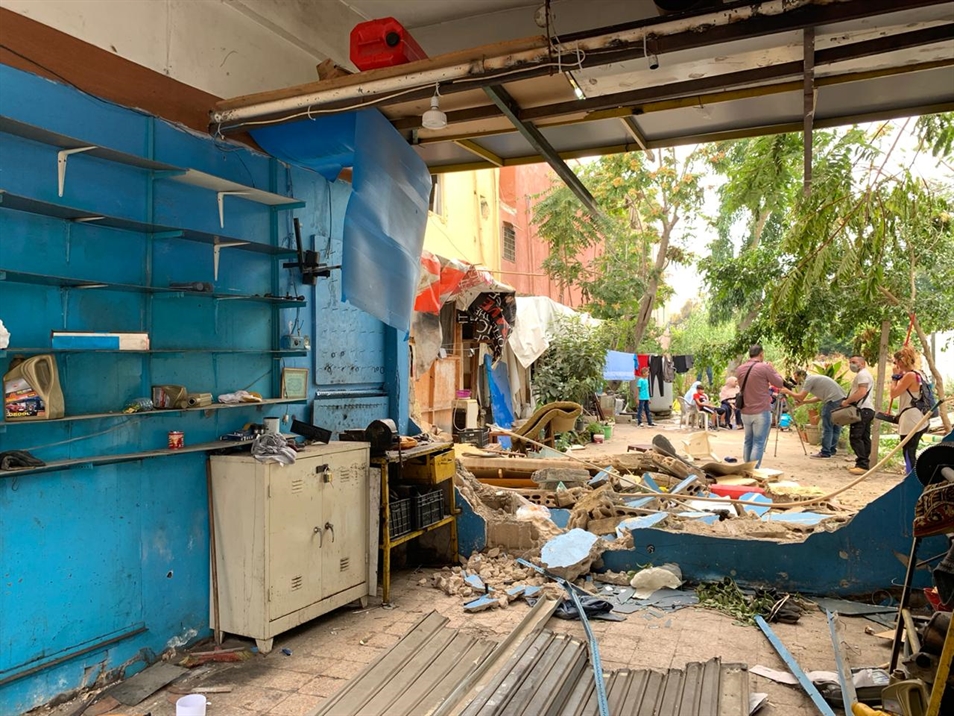
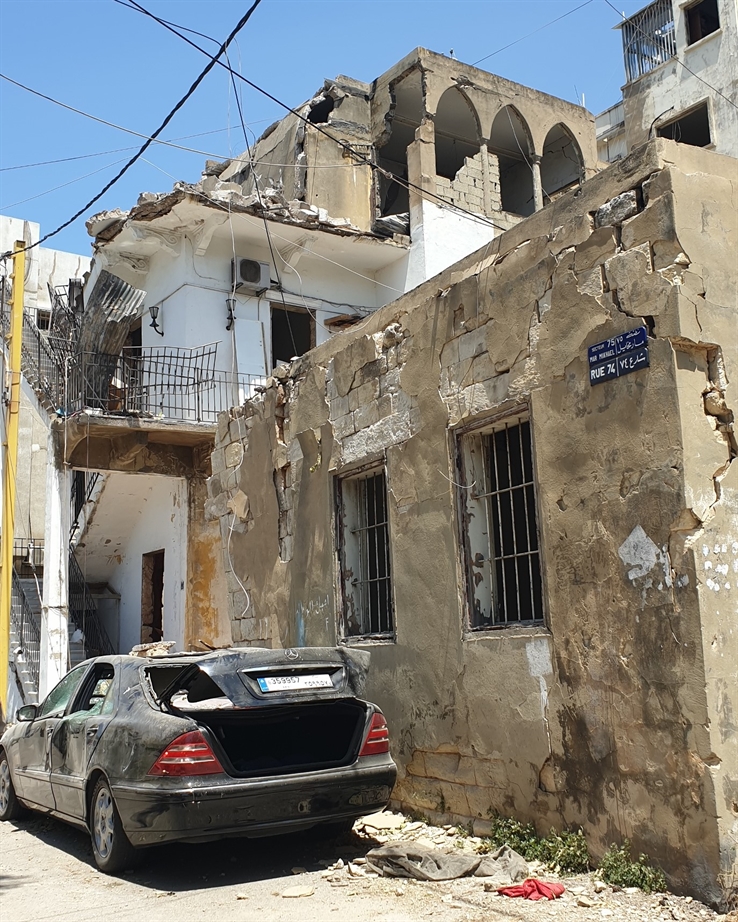

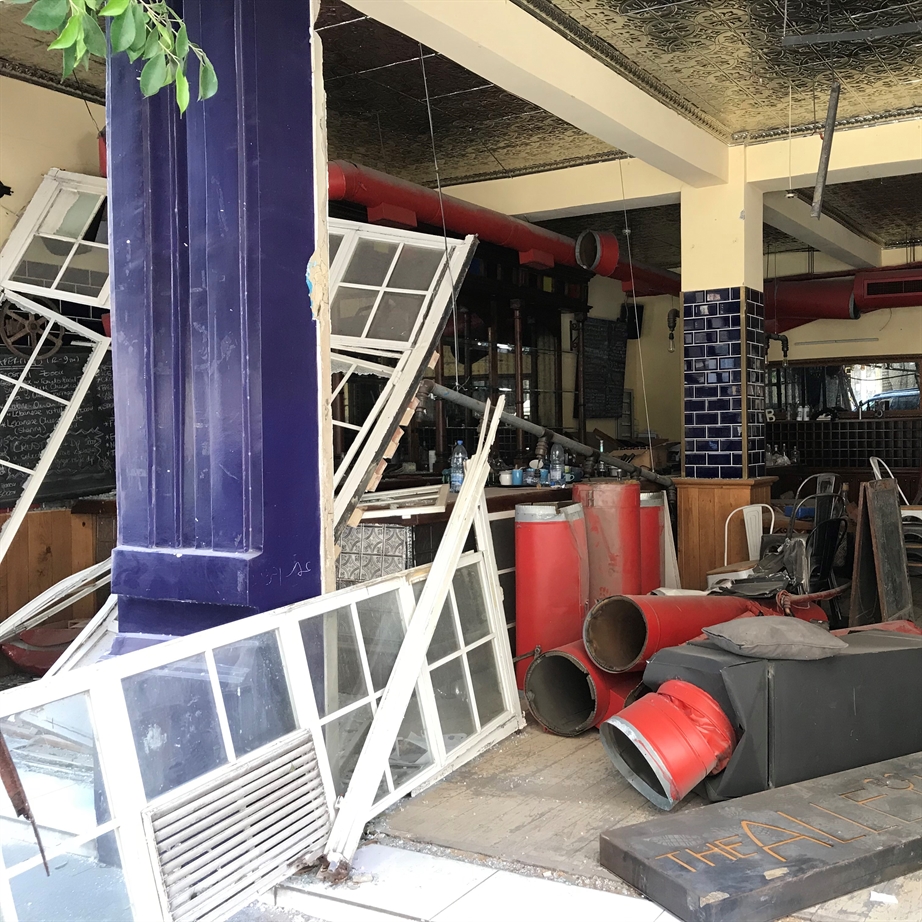

It is poignantly flagrant that, yet again, it is city dwellers who are securing the first responses. Streets are filled with volunteers armed with brooms and shovels, helping clear up the rubble and wreckage, distributing water and food. Some are assisting friends; others are here to express solidarity by offering a helping hand or provide aid. In contrast to this vibrant mobilization, central and local government responses are slow, failing to put forward an immediate emergency plan or to organize an effective relief strategy. Rather than coordinators, state agents blend in the crowd of actors on the ground: Thus, agents of the police forces and the civil defense work side by side with members of political parties, non-profit organizations, religious and humanitarian groups, scouts, students, university volunteers, and many others.
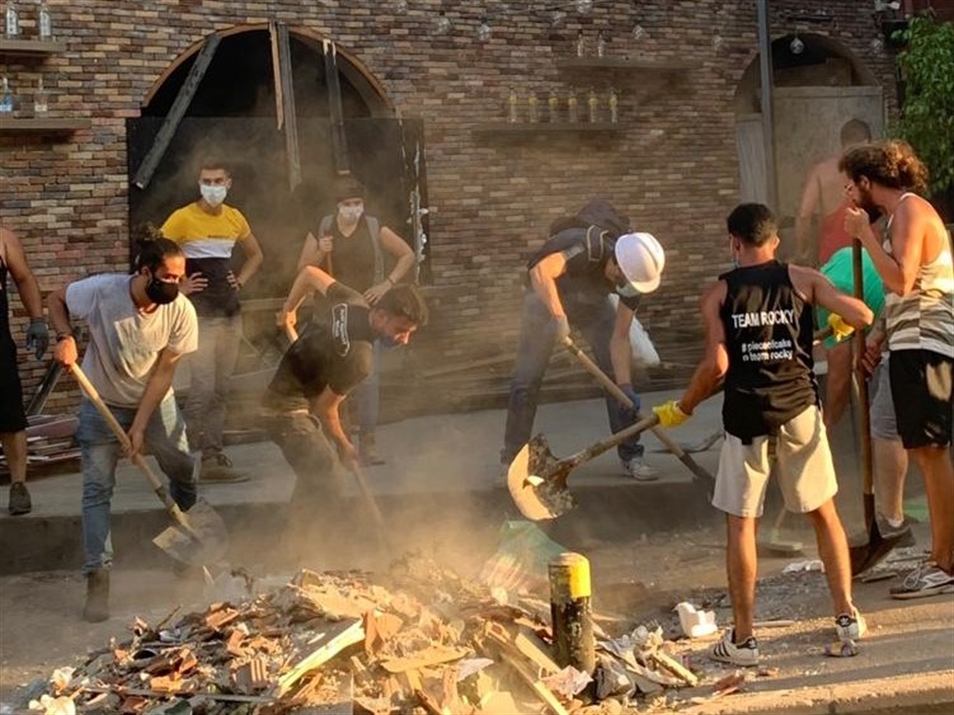

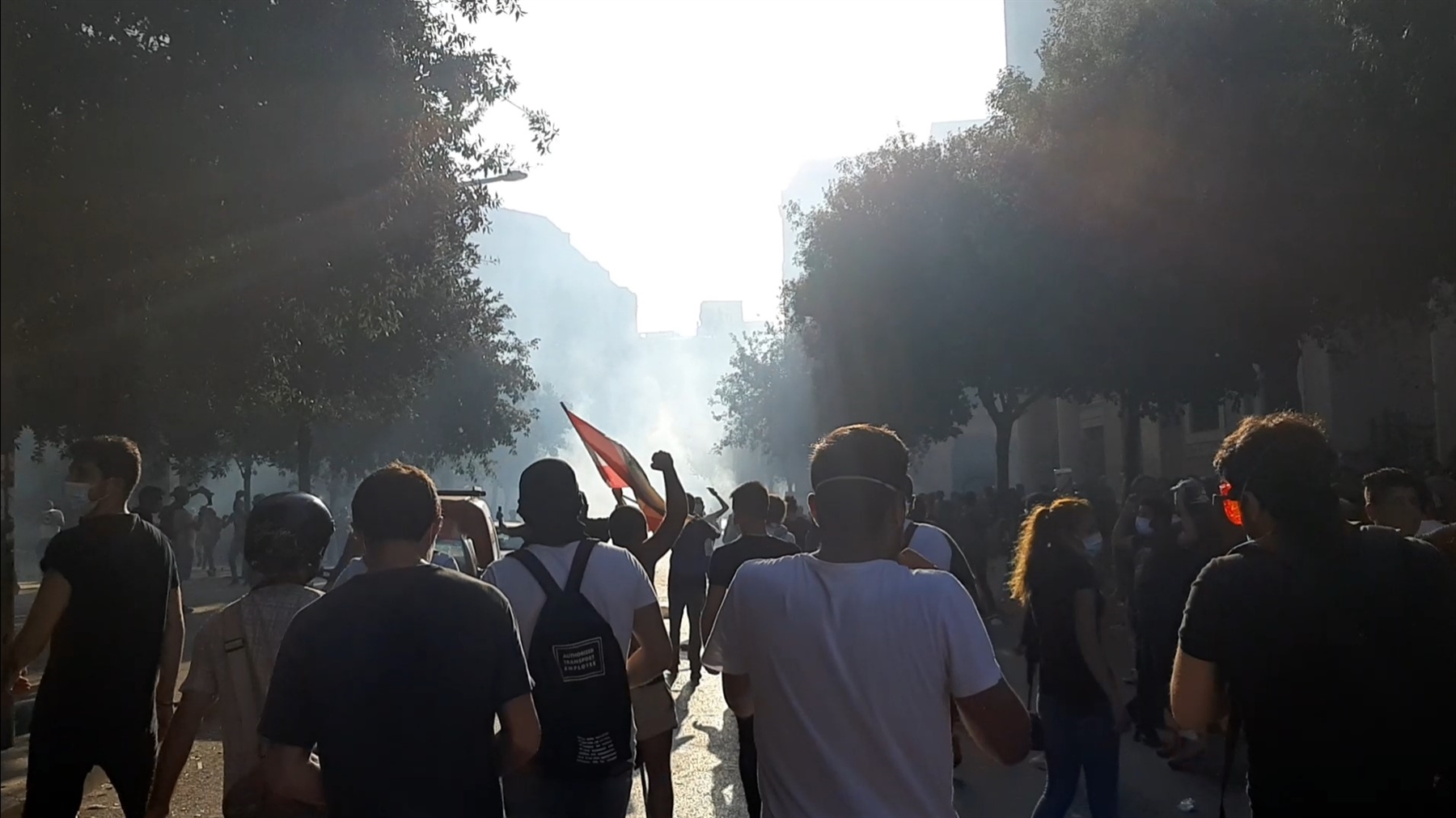
Looking forward, it has become evident that recovery will be a tedious path. The fear is that the post-blast reconstruction will come to consolidate the very forces that led to the demolition of Beirut’s neighborhoods. We are reminded of the ways in which the post-civil war process of Beirut’s historic core in the early 1990s consolidated the divisions generated by the civil war on the city: how it severed the historical core from its connections to other urban districts through a network of highways, ripped the multitude of small scale claimants from their property rights, wiped out heritage buildings or voided them from their social and communal meanings, and handed over the management of recovery to a private real-estate company—Solidere, whose main goal has been to maximize speculative property investments for its shareholders. The outcome, visible to date, is a nameless “downtown” bereft of life, claimed mostly by banks and speculative investors, and unable to contribute to the life of the country beyond acting as the site of angry protests.
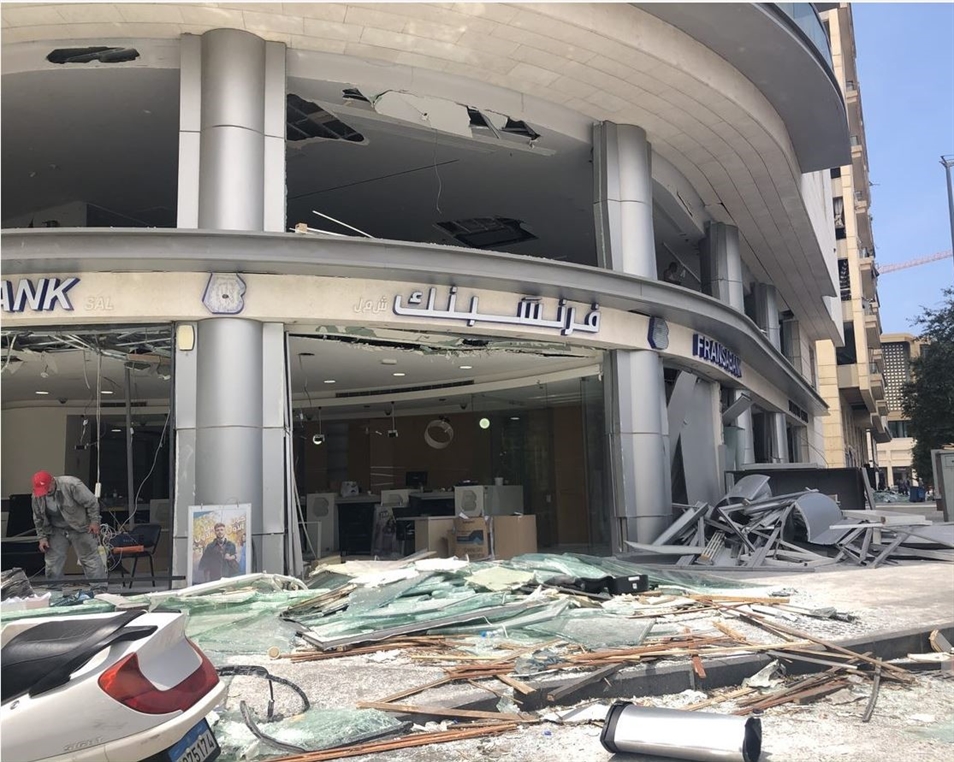

Similarly, the post-war reconstruction of the 2006 Israel War on Lebanon consolidated districts of Beirut’s suburbs and South Lebanon as political territory, placing the entire task of the post-war project in the hands of Hezbollah and foreclosing any discussion about the relation of neighborhoods such as Haret Hreik to other districts of the city, preventing a communal discussion of urban livability, blocking the possibility of imagining an urban recovery where everyday practices are prioritized over capital interests or security concerns. A looming nightmare scenario would make of the post-blast reconstruction an occasion to consolidate the devastation brought about by the explosion. It could leave the districts severely hit by the blast to deteriorate slowly until the next economic cycle continues the gentrification process that has been wiping out the impoverished elderly population, the vibrant energy of struggling youth, and small industries. If aid and capital were to flow without consideration for people, it could also speed up gentrification, destroying another important pillar of Beirut’s history.
